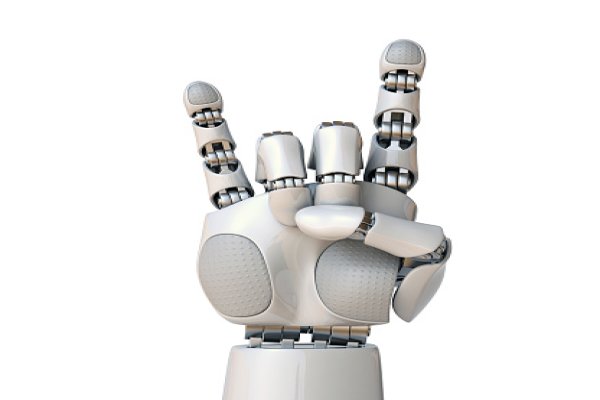Microsoft (MSFT) and Alphabet (GOOG, GOOGL) technological contestation over artificial intelligence has been in place, with one expert evaluating if the companies are conveying an effective approach.
Erik Brynjolfsson, Director of the Stanford Digital Economy Lab, has made a significant impact through his work in this field.
Erik Brynjolfsson says:
“Alan Turing famously proposed that the test for intelligence, what we later called the Turing Test, was ‘how similar can an AI be to a human?’ Trying to mimic humans has been kind of a goal of a lot of computer scientists ever since.”
“Can we fool humans so you can’t tell the difference?”
“I think it’s a very evocative goal, but it’s also a trap. The reason it’s a trap is that if we make AI that mimics humans, it actually destroys the value of human labor and it leads to more concentration of wealth and power.”
Brynjolfsson believes that, instead of letting the same be done, there is a better way. He suggests operationalizing and evaluating digital initiatives on an ongoing basis as part of a holistic approach toward analyzing their value addition.
Brynjolfsson went on to say:
“There’s an alternative approach, which is making AI that augments humans, that allows us to do new things we never did before.”
“Don’t try to mimic us but try to extend our capabilities. AI that does that is more likely to lead to a flourishing of wealth and more widely shared prosperity.”
Unlock Trillions Of Dollars Of Value With AI Technology
ChatGPT, developed by Open AI, was met with unprecedented enthusiasm when it debuted in November – within the first week, its user base ballooned to a record-breaking one million.
Brynjolfsson continues to say:
“ChatGPT is an example of a new class of AI that is, I think, a really big breakthrough.”
“These are called foundation models. They include large language models that can write stories, poetry, email, ads, many other types of texts.”
From an economic point of view, ChatGPT has provided a wealth of opportunities. With the development of OpenAI’s Dall-E program, it is clear that possibilities extend beyond text applications. ChatGPT has truly revolutionized the game and opened up a world of possibilities.
Brynjolfsson adds to says:
“Make videos, audio, even write computer code.”
“These tools are having a set of implications that I think are bigger than even their developers expected initially. Trillions of dollars of value will be created.”
Despite rapid advances in generative AI, Erik Brynjolfsson highlights the need for a society better to understand the technology’s practical and economic ramifications. His words warn us to keep current with this developing solution and its societal effects.
Brynjolfsson went on to say:
“The next 10 years could be some of the best 10 years we’ve ever had or some of the worst.”
“But we have to adapt our institutions. … The rest of us in business, and economics, and social sciences need to get on the ball and think about how we can make sure our society is ready for these changes.”
“If we do it right, I do think that we’re going to have unprecedented productivity and growth, and we can have shared prosperity.”
“But it’s far from inevitable.”
As we conclude our exploration of the debate surrounding the pursuit of human-like artificial intelligence, it is clear that this is a complex and multifaceted issue that requires careful consideration.
On the one hand, pursuing human-like AI may lead to impressive advances in machine learning, natural language processing, and other areas of AI research. However, on the other hand, potential risks and ethical considerations must be considered. Human-like AI may have unpredictable consequences and potentially cause harm, especially if not developed and used responsibly.
Source: news.Yahoo



